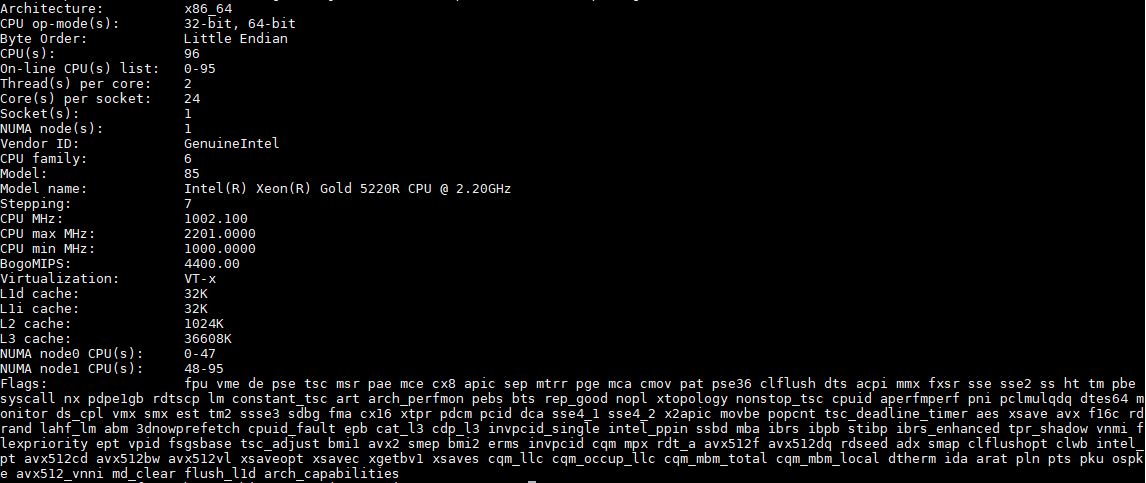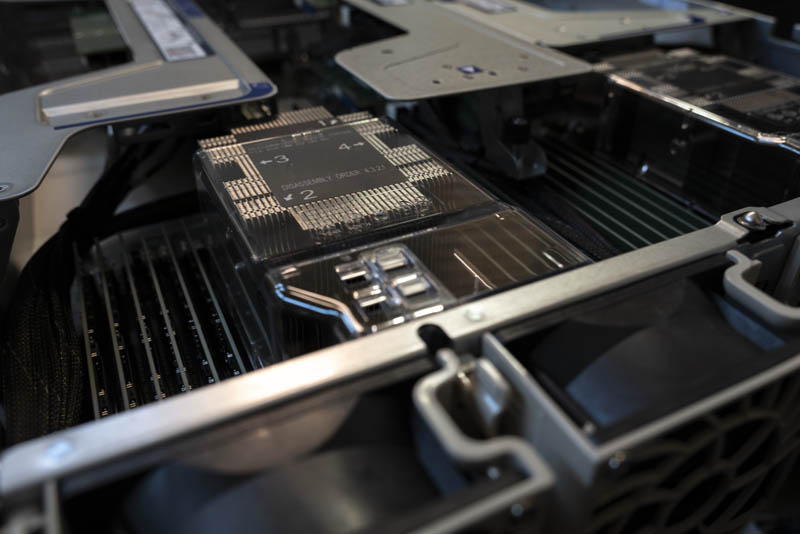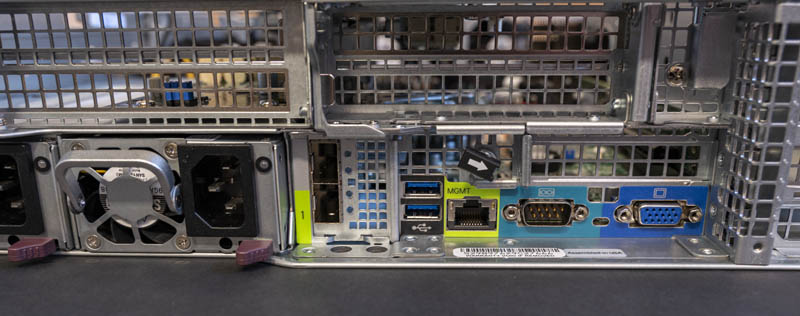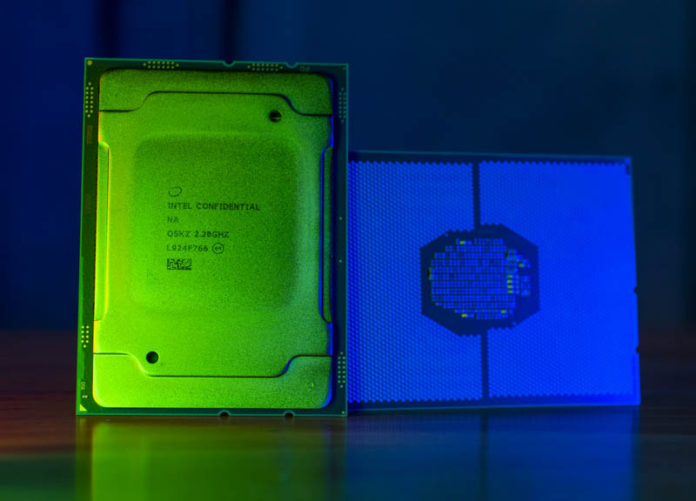One of the most interesting refresh SKUs, by a large margin, is the Intel Xeon Gold 5220R. This 24-core Xeon Scalable CPU features an enormous core count jump at a relatively modest price. Putting some context around this $1555 CPU, in 2019 the least expensive Intel Xeon Gold CPU you could purchase was the Intel Xeon Gold 6252 at $3665 and that had lower clock speeds. This is one SKU-level poised for an enormous gain due to the big 2nd Gen Intel Xeon Scalable Refresh. In this review, we are going to explore just how big of a change this is.
Key stats for the Intel Xeon Gold 5220R: 24 cores / 48 threads with a 2.2GHz base clock and 4.0GHz turbo boost. There is 35.75MB of onboard cache. The CPU features a 150W TDP. These are $1555 list price parts. Here is the ARK page with the feature set.
Here is the lscpu output for the Intel Xeon Gold 5220R:

If you look at the new Intel Xeon Gold 5220R the specs may immediately jump out at you. This chip is similar to a higher-clocked version of the Xeon Gold 6252. Effectively Intel is offering around a 58% discount on this level of performance with the new refresh parts wit the caveat that they are only suitable for dual-socket operation.

We have the 2nd Generation Intel Xeon Scalable, the refresh parts, and the Gold 5120 from the Gold 5000 series line to show just how much this level of performance has evolved since July 2017. Intel has increased core counts by 71% and they have increased max turbo frequencies by 25%. The price has meanwhile remained the same while TDP has gone up by 45W TDP or almost 43%. If you are on a three-year refresh cycle, this is enough to effectively do a 3:2 consolidation ratio which is one of the most compelling cases we have seen from Intel in many years.
Let us be clear, the reason we are seeing a 33% increase in core counts in under 12 months is not that Intel has become altruistic. Instead, Intel is feeling competition from AMD EPYC. What was “good enough” in July 2017 against a 4x NUMA node competitor was not so in April 2019 when the 2nd generation launched. Once the AMD EPYC 7002 Series landed, Intel was forced to drastically shift their mainstream price/ performance value proposition. The Intel Xeon Gold 5200 line is in the mainstream high-volume segment of the market so one should view this as nothing but a highly competitive chip launch. Intel also launched these SKUs well after the “Rome” launch as part of a broad portfolio rebalance so it knew exactly where this price/ performance proposition needed to land.
Test Configuration
We are using a testbed that is designed for the higher-205W TDPs that some of the new refresh parts can hit, specifically the Supermicro SYS-2029UZ-TN20R25M or “2029UZ-TN20R25M” server. We published our Supermicro 2029UZ-TN20R25M Review recently if you want an in-depth look at the machine.

The Supermicro 2029UZ-TN20R25M is a 2U dual-socket server that is part of the company’s “Ultra” line meant to compete in the higher-end of the server market. We requested this server specifically because it has 20x NVMe SSD bays, it supports Intel Optane DCPMM, and it has built-in 25GbE. 25GbE is a major networking trend and we have already started doing overviews of 25GbE TOR switches such as the Ubiquiti UniFi USW-Leaf 48x 25GbE and 6x 100GbE switch overview and the Edgecore AS7712-32X Switch Overview. We have done adapter reviews such as the Supermicro AOC-S25G-i2S, Dell EMC 4GMN7 Broadcom 57404, and the Mellanox ConnectX-4 Lx. We also have more 100GbE switch reviews in the publishing queue so we wanted to start focusing on the new systems.

This Supermicro 2029UZ-TN20R25M platform is significant for another reason. It supports 205W TDP CPUs. That is a feature not every dual Xeon server has. For this reason, we wanted to use the Supermicro 2029UZ-TN20R25M which is a higher-end platform capable of handling this range of refresh CPUs.
- System: Supermicro 2029UZ-TN20R25M
- Memory: 12x 32GB DDR4-2933 DDR4 DRAM
- OS SSD: 1x Intel DC S3710 400GB Boot
- NVMe SSDs: 4x Intel DC P4510 2TB
Overall, this is is a fairly simple configuration but we are focused on CPU performance here. We are taking a further step and we tested these CPUs both in single and dual-socket configurations, so we will have some results of both views. The Supermicro Ultra server we are using we recommend using only in dual-socket configurations, however, we thought this would be a good way to spice the review up.
Next, it is time to get to our benchmarks.




